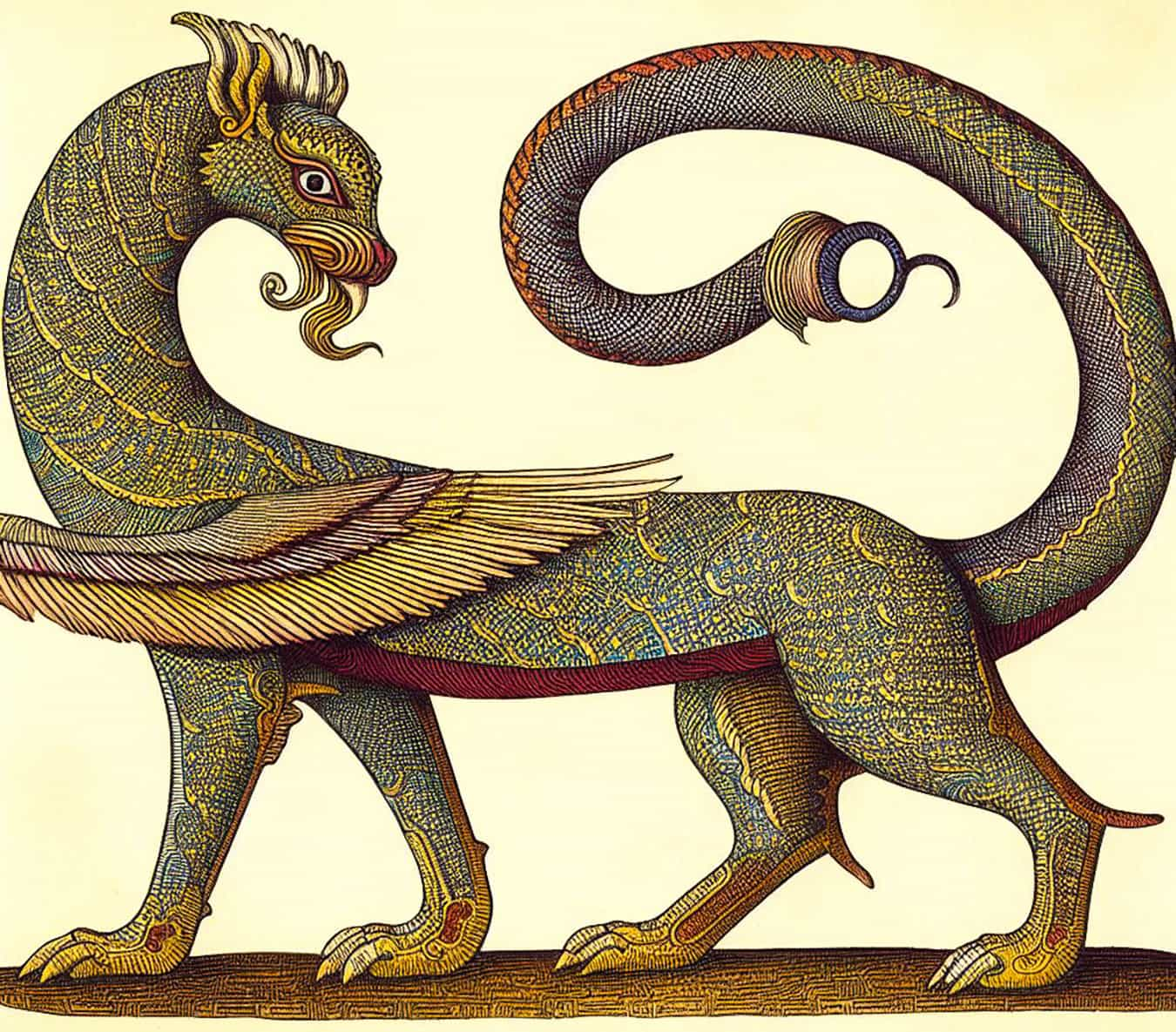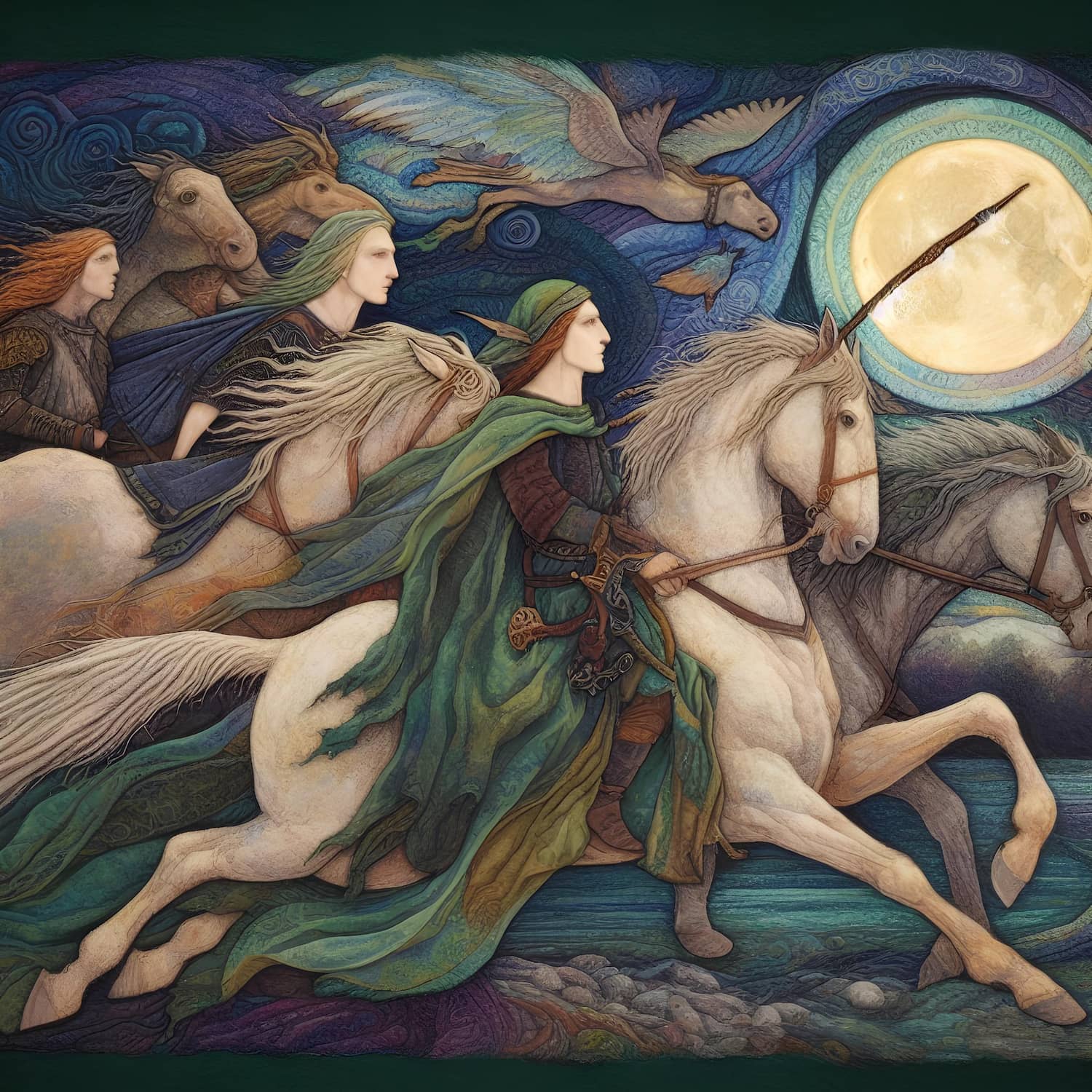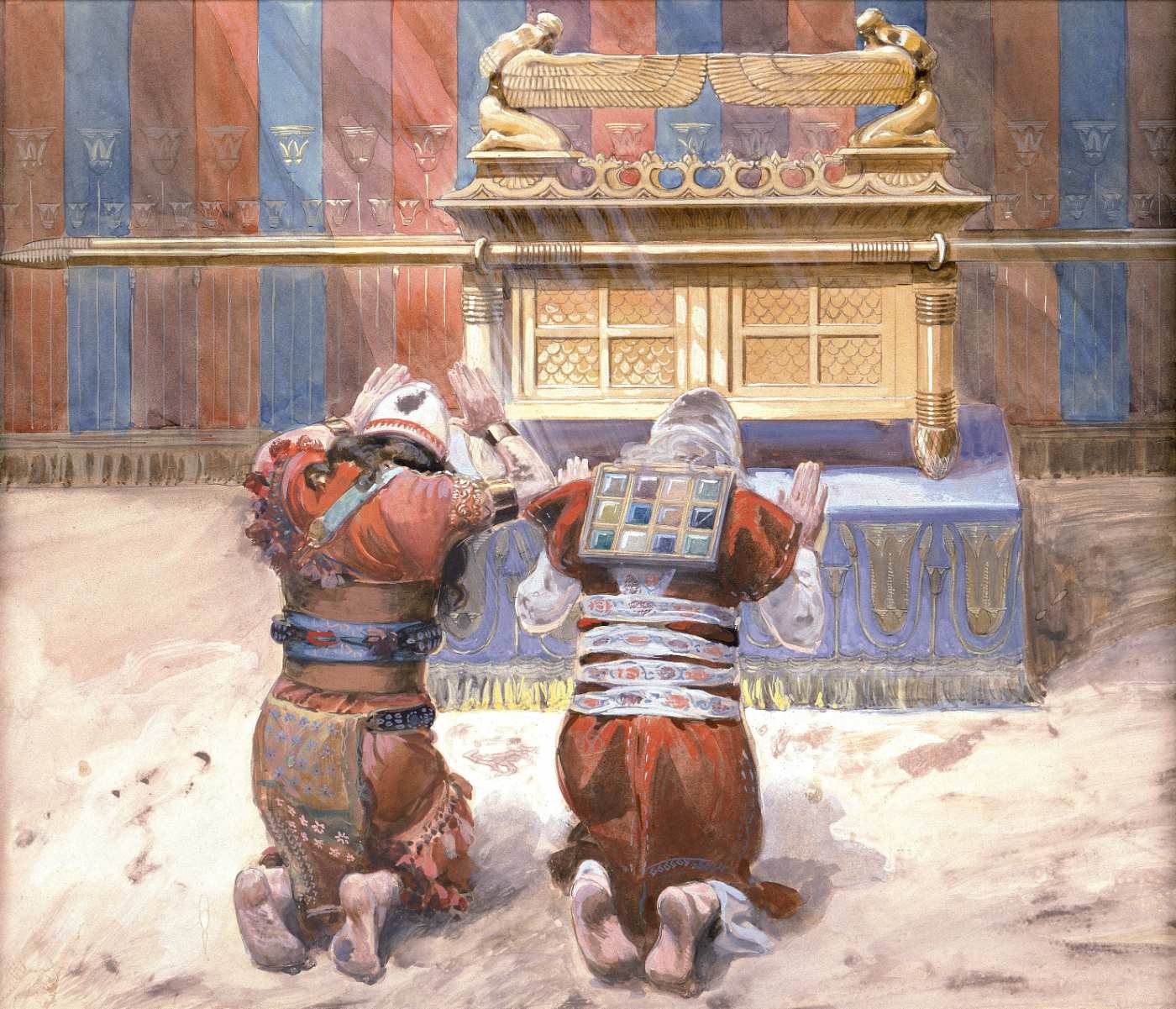In Norse mythology, Lævateinn is a weapon crafted by Loki, interpreted as a dart, sword, or wand. It’s the only weapon capable of defeating the mythical rooster Víðópnir. According to the Norse myths, the rooster Víðópnir, who resides atop the World Tree, can only be slain by the sword Laevateinn. Like Mistilteinn in the tale of Fróði, it is considered a sword when used as a proper noun. When “Laev” and “teinn” are taken together, the result is “Laevateinn,” which means staff. The crafty Lopt (Loki) crafts it and Sinmara, who is married to the giant Surt of Muspelheim, keeps Lævateinn safe in a box called Lægyrn, where it is protected by nine locks.
| Fact | Description |
|---|---|
| Crafted by | Loki |
| Mentioned in | Poetic Edda poem Fjölsvinnsmál |
| Possible Forms | Dart, sword, or wand |
| Meaning of Name | Wounding Wand, Damage Twig, or Wand-of-Destruction |
| Location | Lies in Lægjarn’s chest, which is fastened by nine locks |
| Keeper | Sinmara |
| Unique Ability | The only weapon capable of slaying the cock Víðópnir |
| Condition to Obtain | Sinmara will only award it to the one who brings her Víðópnir’s tail feather |
Lævateinn in the Myth
Verse 26 of the Edda poem “Fjölsvinnsmál” mentions the Laevateinn legend. The story follows the protagonist Svipdagr as he searches for the lady Menglöð and has a conversation with the giant Fjölsviðr outside the Muspelheim fortification. Laevateinn is only mentioned in the conversation with this giant.
Vindkaldr said:
“Tell me this, Fjölsviðr!
as I wish to inquire of you:
whether there be any weapon,
that Viðofnir possesses,
which may cause him to sink
into the halls of Hel?”
Fjölsviðr replied:
“It is called Laevateinn,
Sophus Bugge’s Fjölsvinnsmál (1867)
and Loptr forged it,
by the gates of Hel;
in Lægjarn[Loki]’s chest,
it lies beside Sinmara,
guarded by nine locks.”
Svipdagr needs the flesh of Viðofnir, the rooster living at the top of the world tree Yggdrasil, to gain access to the citadel. Viðofnir can only be killed by Laevateinn. On the other hand, the tail feather of Viðofnir is also necessary for him to obtain Lævateinn from Sinmara (a gigantess). This is a never-ending puzzle, and it is simply implied that only the selected one may enter the citadel.
What Really Is Lævateinn?
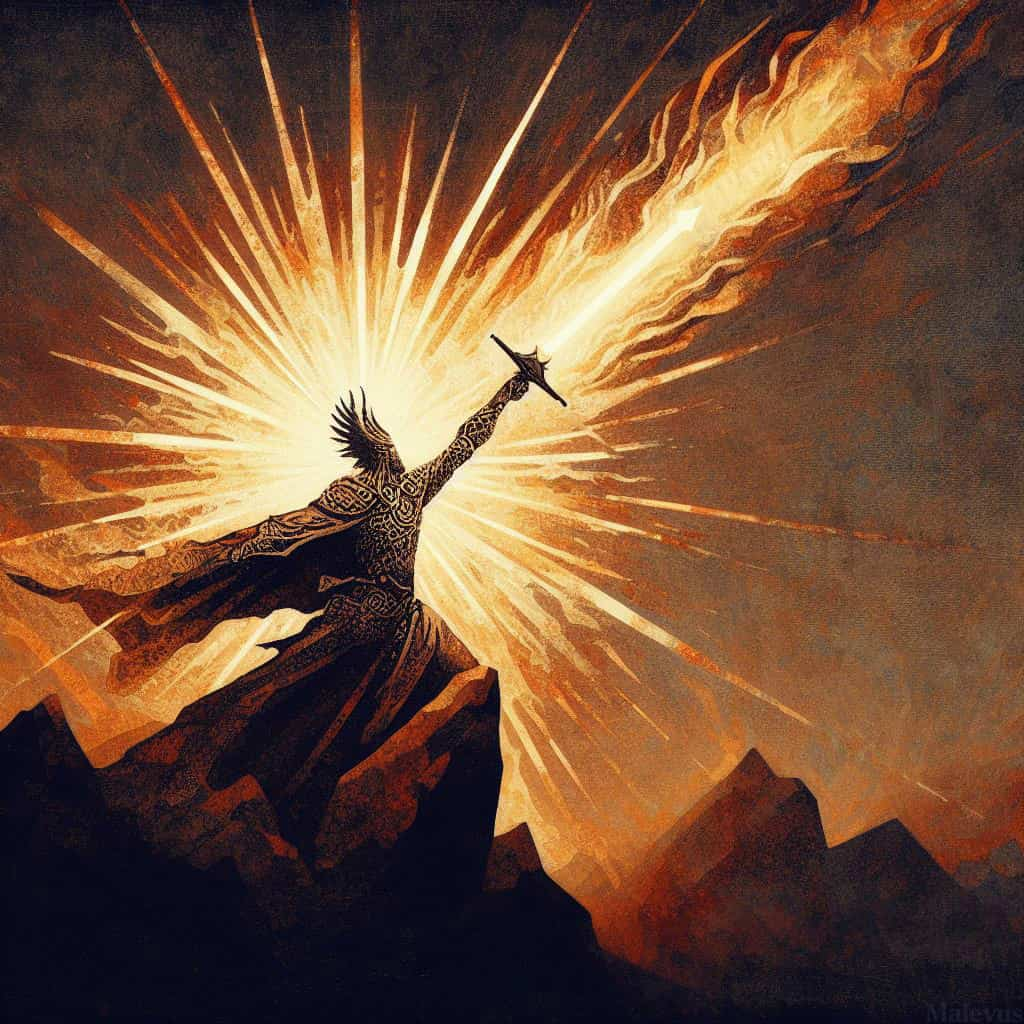
Although the Nordic tales do not specify, the Lævateinn is often thought to be a sword. But there are other possible meanings, such as a stick, an arrow, or a spear. Swedish religion scholar Folke Ström calls Lævateinn a “magic sword” in his “Religion and Mythology of Ancient Scandinavia.”
Strom notes that it was carved with runes and made beneath the gates of the underworld. As told in English writer and translator Kevin Crossley-Holland’s “The Norse Myths,” its creation was supposedly accomplished by reciting runes at Niflheim’s entrance, a realm of primordial ice and cold in Norse cosmology.
The Meaning of the Name
“Lævateinn” is a notation found through the collation of the Norwegian linguist Sophus Bugge. In the original manuscript, it is actually written as “Hævateinn,” and earlier revised editions and translations follow this spelling.
Linguistically, it can be broken down into “Læva-teinn.” “Læva” is the plural genitive form of “læ,” meaning “destruction, calamity, misfortune, betrayal, and harm.
” On the other hand, “teinn” signifies “branch, rod.” This leads us to the following potential inferences:
- “Branch of betrayal”
- “Staff of magic that harms”
- “Staff of harm-inflicting magic”
- “Magic staff causing harm”
According to the Austrian philologist Rudolf Simek, Lævateinn truly means “sword” in kenning, a figure of speech or a poetic phrase, rather than a weapon’s name. In contemporary Japanese fantasy writings, “Laevateinn” means both the sword and flames that Surt wields at Ragnarok.
Other Viewpoints
Surtr’s Sword

The flaming sword that giant Surtr wields during Ragnarok is thought of as Laevateinn by a handful of scholars, including the Swedish literary historian Henrik Schück (1855–1947). The kenning from the poem Fjölsvinnsmál, which reads svigi laeva (“destruction of twigs”), is most commonly interpreted as “fire,” and Schück matched this term with the sword based on his understanding. A sword erupting in flames was powerful enough to be from Loki.
The Sword of Freyr
Laevateinn, Freyr’s sword (which he refers to as the “sword of victory”), and a number of other weapons are said by the Swedish author Viktor Rydberg to be similar in his book “Undersökningar i germanisk mythologi (Investigations into Germanic Mythology)” (1886–1888, 2 volumes).
Swedish author Viktor Rydberg, in his work “Investigations into Germanic Mythology” (1886-1889, 2 volumes), asserted that Lævateinn, Freyr’s sword (which he calls the “sword of victory”), and several other weapons are actually identical. This book focuses on Rydberg’s interpretation and reconstruction of myths rather than academic studies or translations of myths. In the book, he puts forth the idea that various Eddic poems, Saxo Grammaticus’ “Gesta Danorum,” anecdotes in sagas, and others originally belonged to the same overarching myth.
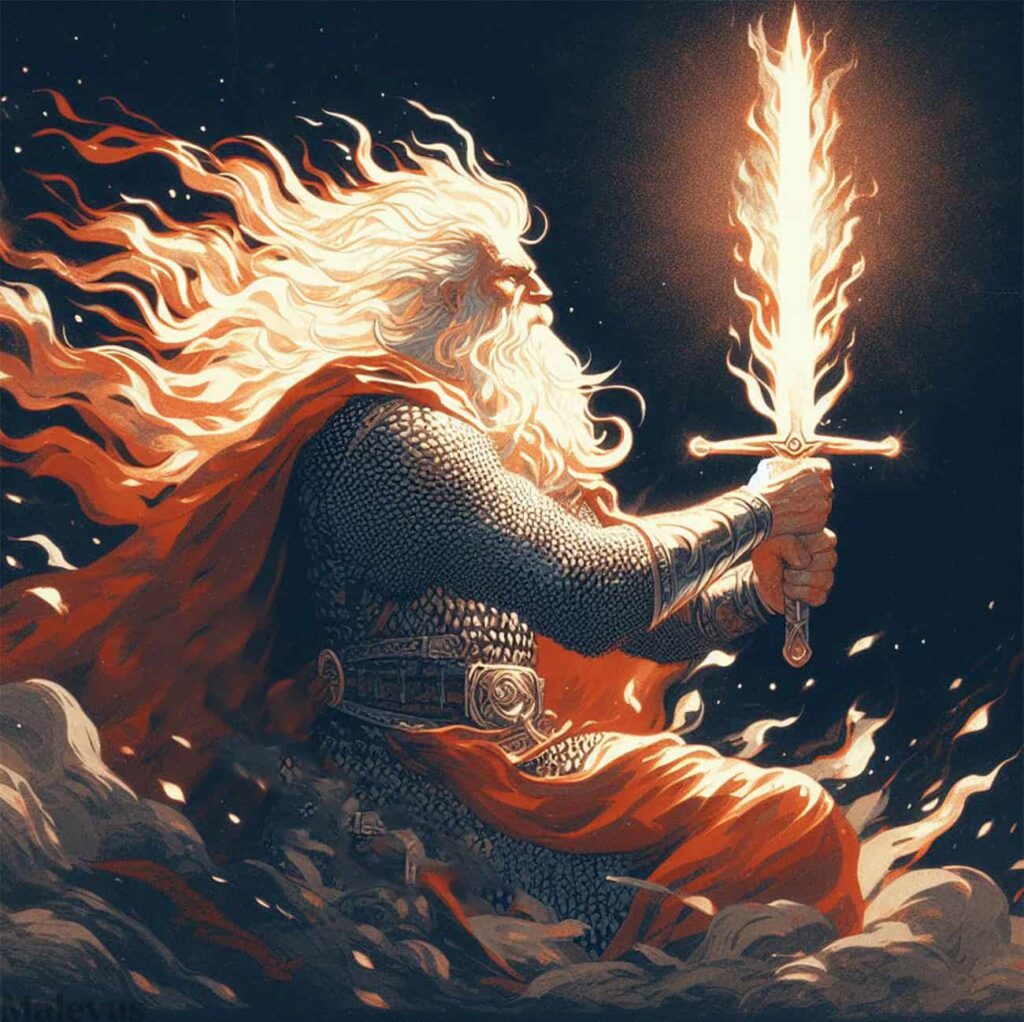
According to Rydberg’s assertion, the renowned blacksmith in Norse mythology, Völundr, is one of the sons of Ivaldi. In a wager between Loki and the dwarf brothers Brokkr and Eitri, where the treasures crafted by Ivaldi’s sons (such as Gungnir) competed against those crafted by the brothers (such as Mjölnir), Völundr forged Laevateinn after his sons’ treasures were deemed inferior to those of the brothers. Loptor in the story of Svipdagr is not Loki but Völundr, also known as Wayland, and is revealed to be Svipdagr’s uncle.
Moreover, according to Rydberg, Mengloð is identified as Freyja, Fjölsviðr as Odin, and the fortress they inhabited is, in reality, Ásgarðr (Asgard). Svipdagr was able to enter the fortress because he already carried Lævateinn, and after marrying Mengloð, who is Freyja, he presents the sword he brought with him to his brother-in-law, Freyr. In other words, Lævateinn becomes Freyr’s victorious sword. In an alternate version, Svipdagr, a hero with the blood of Thor, is killed by the hero Hagen (Högni), and after various twists and turns, the victorious sword eventually comes into the possession of Freyr.
It is also believed that the magical staff “Gambanteinn” that Svipdagr wielded to threaten Gerðr is similar to Laevateinn, and that Skírnir is a manifestation of Svipdagr. In addition, as Mengloð is named Freyja, Rydberg implies that Óðr, Mengloð’s spouse, and Svipdagr are one and the same. Óðr and Hodr are both mentioned in Saxo’s “Gesta Danorum,” and the Norse god Höðr is represented by Hodr. Rydberg suggests that the mistletoe weapon “Mistilteinn,” which Höðr used to slay Baldr, may be Lævateinn.
Rydberg elaborates by noting that these swords have some characteristics, such as the capacity to kill gods or beings with divine characteristics. Both proponents and detractors of Rydberg’s study were vocal in their reactions to its publication.



